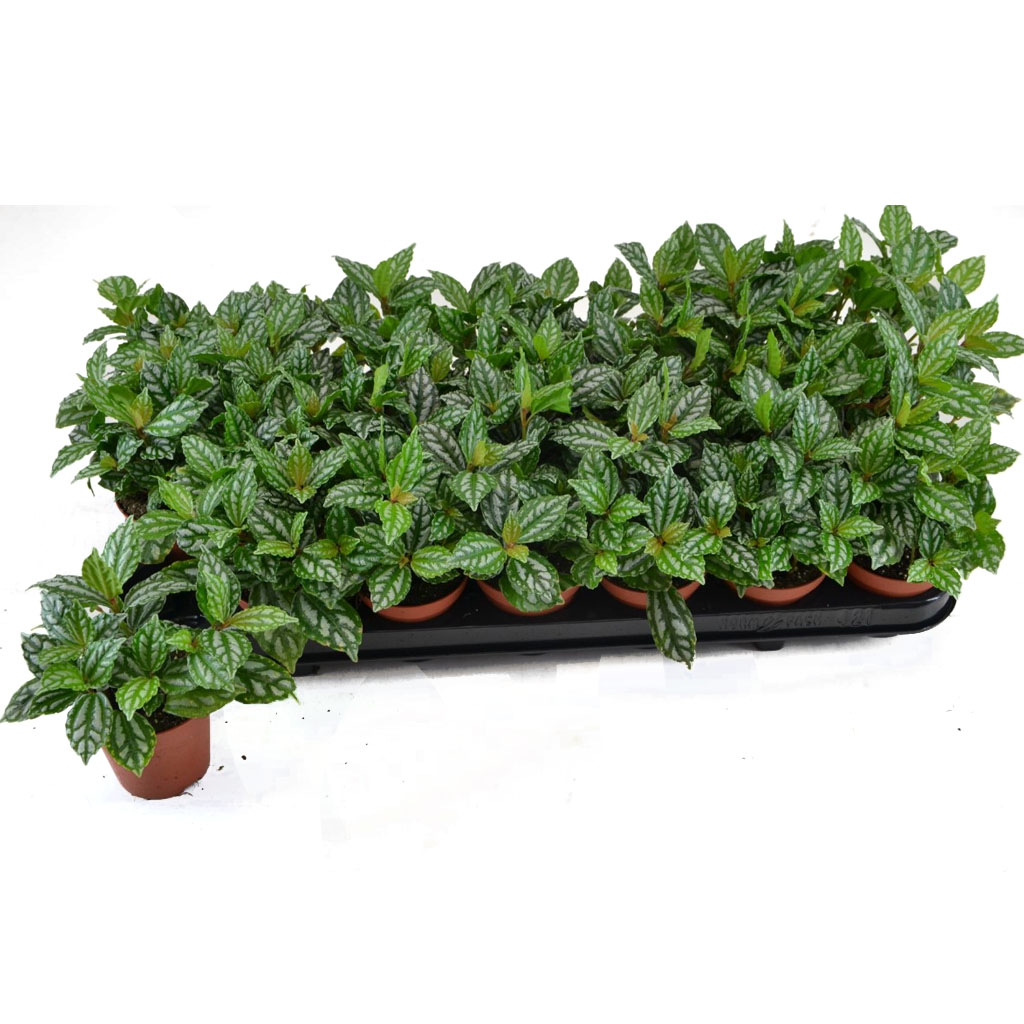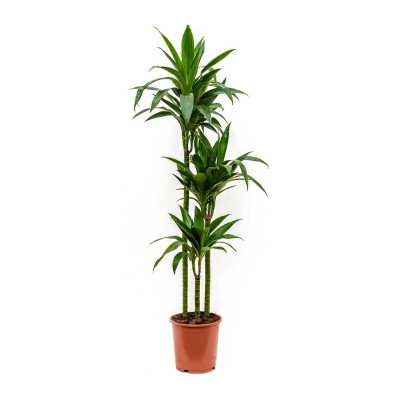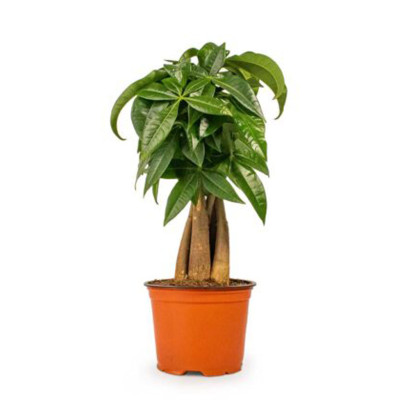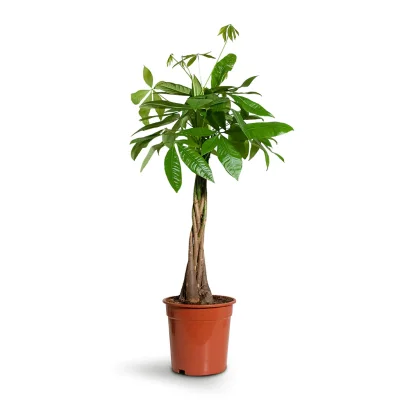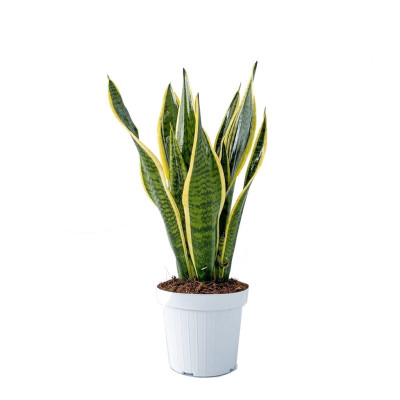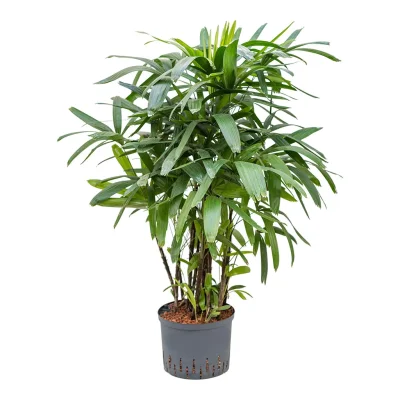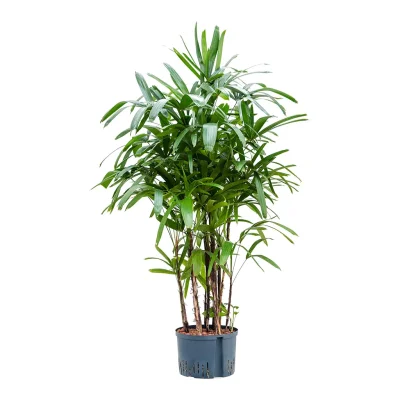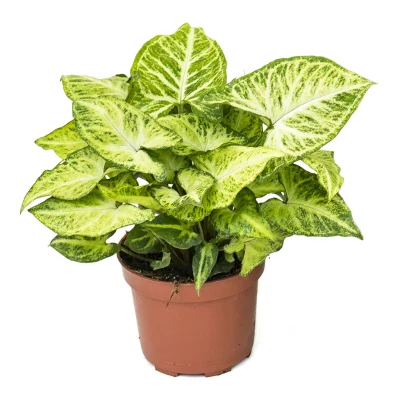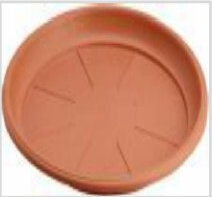Pilea Cadierei – Aluminium Plant
AED 25.00 + VAT
Pilea cadierei (or the aluminium plant or watermelon pilea) is a species of flowering plant in the nettle family Urticaceae. The species is endemic to the southern Chinese provinces of Guizhou and Yunnan, as well as Vietnam. The specific epithet cadierei refers to the 20th-century botanist R.P. Cadière. P. cadierei has earned the Royal Horticultural Society’s Award of Garden Merit for its hardiness and reliability as a houseplant. In warmer countries, usually within USDA zones 8-12, the plant may be grown outside year-round as a perennial, either in-ground or contained, and pruned about 50% during the autumn (or whenever blooming concludes).
Sold out!
Description

Light
When growing the aluminum plant indoors make sure the plant receives bright, indirect light for at least four hours each day.

Watering
When it is growing season over the spring and summer, evenly moist soil is recommended for this plant. A good rule to follow is if the top quarter inch is dry it is time to water your plant again. During the winter months, the aluminum plant will need less watering.

Temperature
When taking care of a Pilea aluminum plant, it should be situated where the room temperature is 70 to 75 degrees F. (20-24 C.) during the day and 60 to 70 degrees F. (16-21 C.) at night.

Humidity
It likes humidity, so consider misting it occasionally and do not leave it near vents or heat sources that will wick moisture away from your plant. If you have a well-lit bathroom, this is an excellent home since there is a source of humidity from the shower.

Feed
When in a growing season, you should fertilize this plant with a quality 5-5-5 water-soluble plant food monthly. During the winter months, it is not needed.

Height & Growth Rate
These plants are evergreens, which have a small insignificant flower, and grow from 6 to 12 inches (15-31 cm.) in height. They have a spreading habitat, which can be fostered depending on its supporting structure.

Toxicity
This genus is classified as non-poisonous. If large quantities of the plant are eaten, vomiting, nausea and a loss of appetite may occur.

Origin
The plant is native to North Africa.

